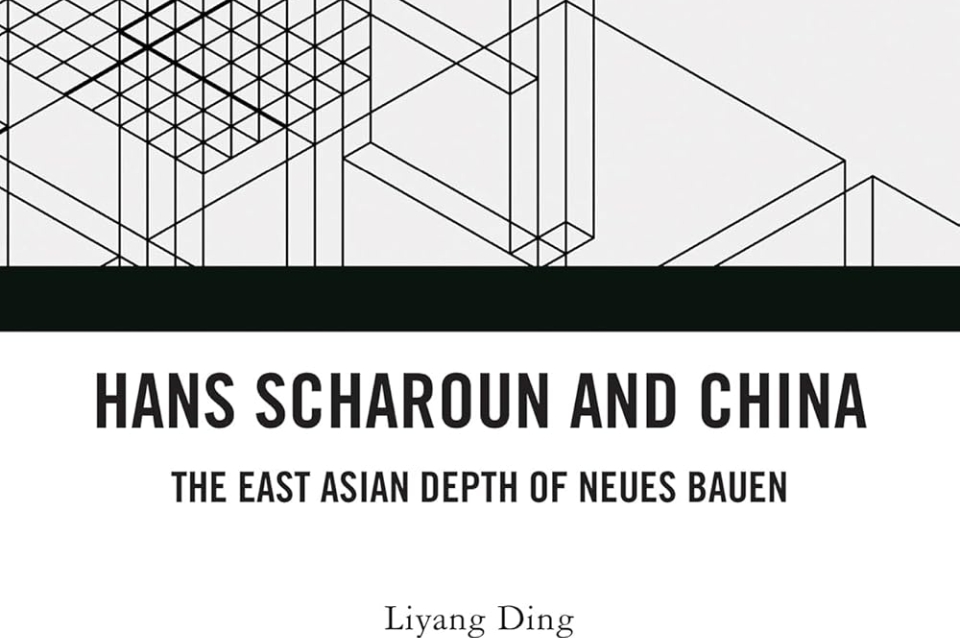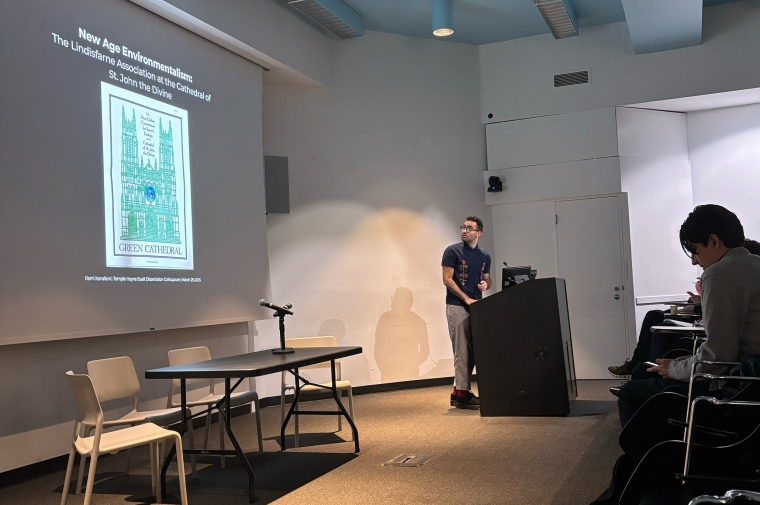December 16, 2024
Stuart Weitzman School of Design
102 Meyerson Hall
210 South 34th Street
Philadelphia, PA 19104
Get the latest Weitzman news in your Inbox
Areas
This book presents the first systematic overview and analysis of the deep connection between Scharoun and China, offering insights into East-West cultural exchange and enriching existing understandings of modernism. The German architect Hans Scharoun has typically been pigeonholed as a leading figure in “expressionist” architecture. As this book shows, however, this understanding oversimplifies the multifaceted nature of Scharoun’s career and overlooks his central role within the tradition of Neues Bauen. The book begins with Scharoun’s early interactions with East Asian architects in the 1930s, his active involvement in the Chinese Werkbund (1941–42), and his extensive research on Chinese architecture and urban culture in the mid-1940s and 1950s. The book then examines Scharoun’s postwar architectural designs and urban planning projects, most notably the Kollektivplan, the Volksschule Darmstadt, and the Berliner Philharmonie, which incorporated original spatial and urbanistic concepts such as “Stadtlandschaft,” “Raum der Mitte,” and “aperspectival” space, inspired to varying degrees by Chinese architectural and urban planning traditions.
Liyang Ding is an architect, educator, and architectural historian. He serves as an Assistant Professor and the Associate Director of Undergraduate Studies at the School of Architecture at Marywood University. His research focuses on the intersection of architectural representation, a revisionist interpretation of modernism, and the cross-cultural exchange of architecture and urban culture during the 19th and 20th century in Germany, China, and the United States. Liyang earned a PhD in Architecture and an M.Arch from the Stuart Weitzman School of Design at the University of Pennsylvania.


 View Slideshow
View Slideshow



